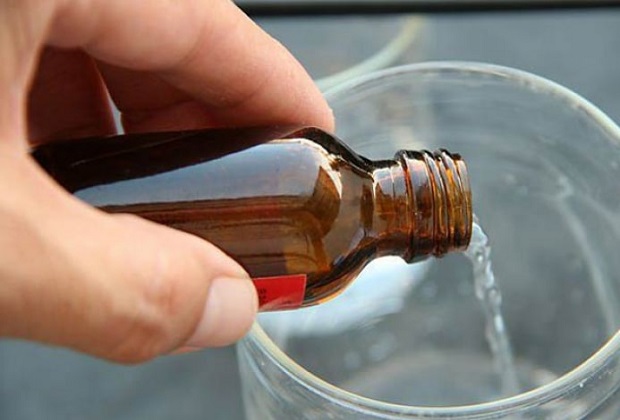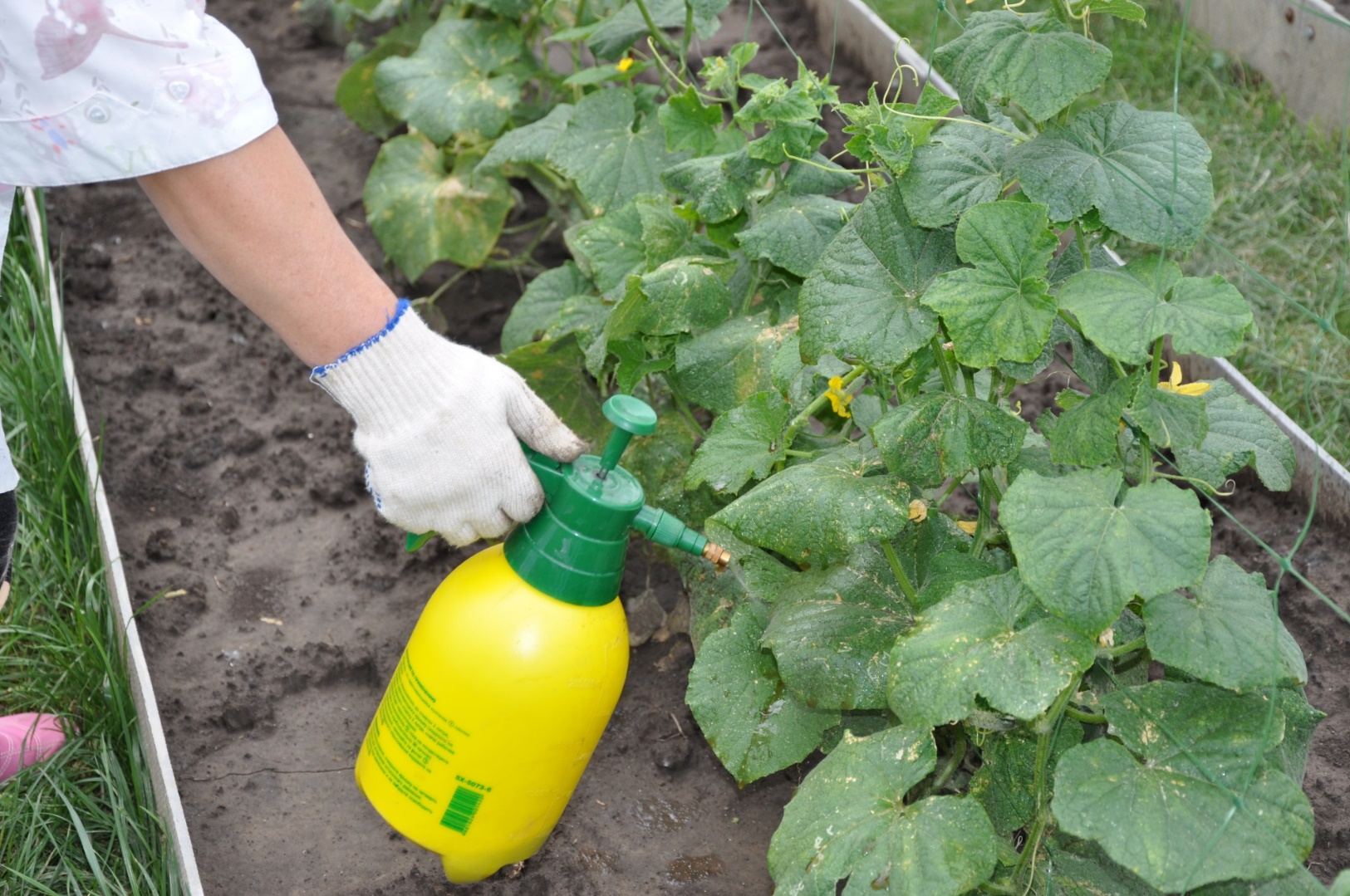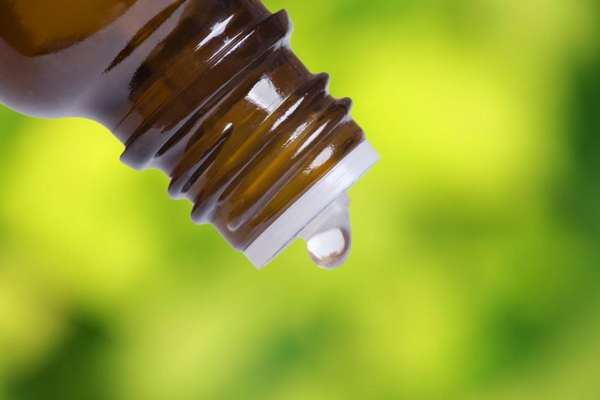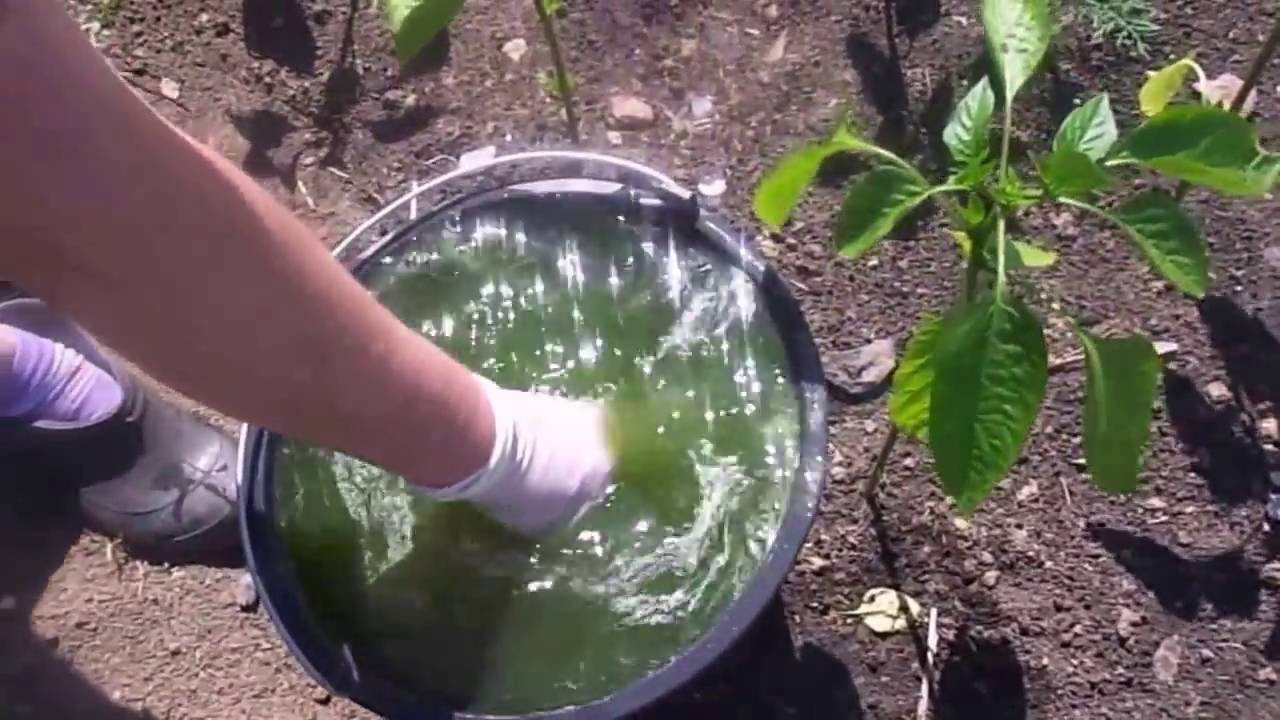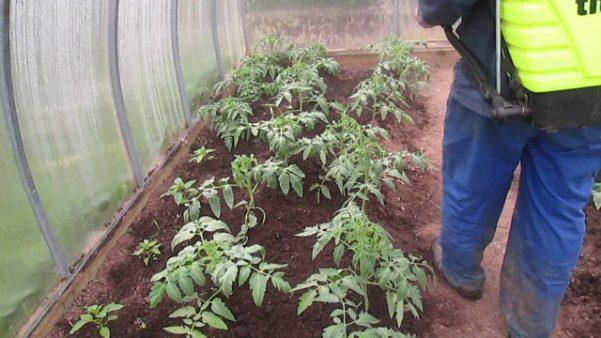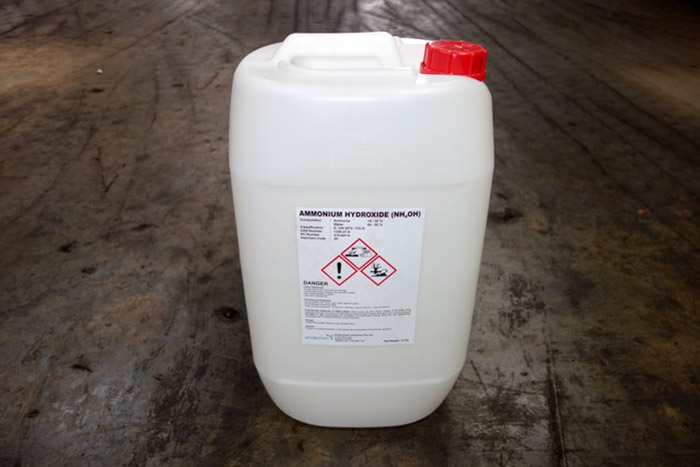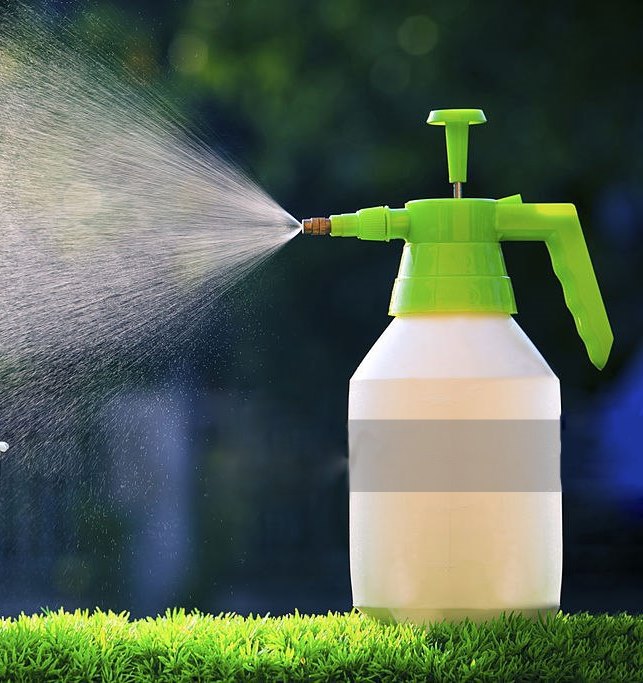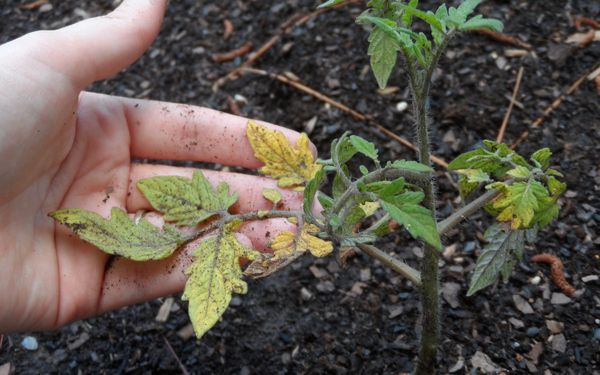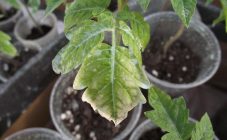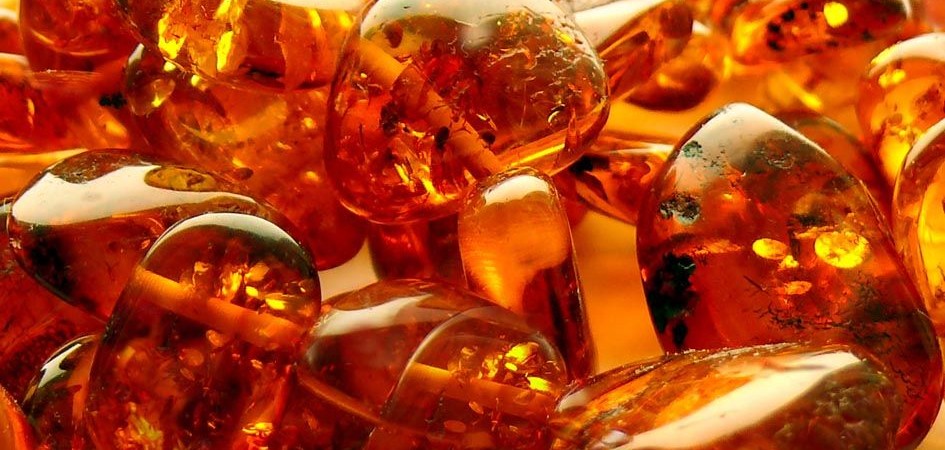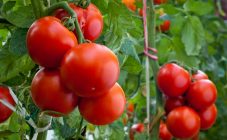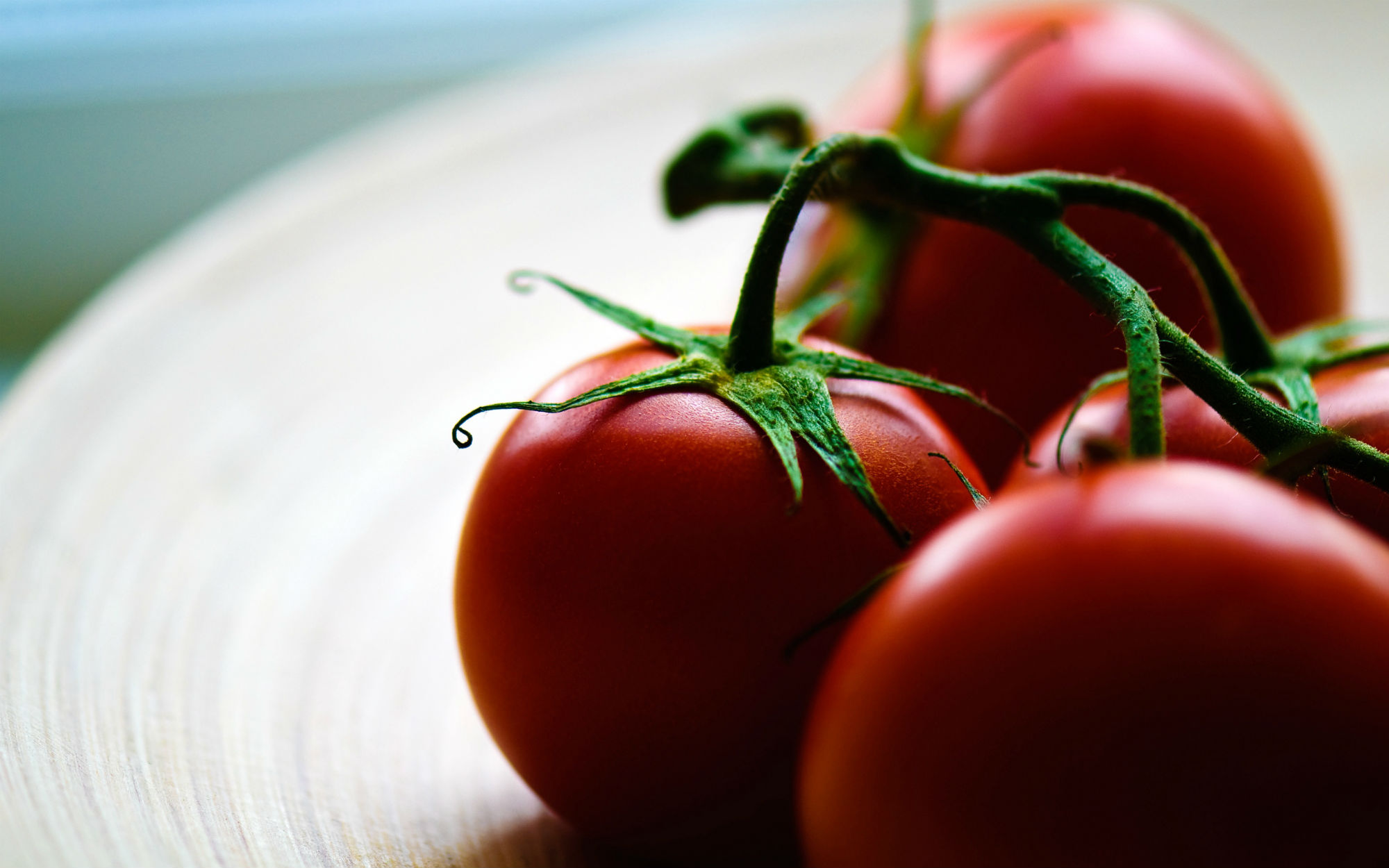Content:
Tomato is one of the members of the Solanaceae family, which is considered both a perennial and an annual plant. Despite the variability in cultivation, it is most often planted for one year, after which it is removed and prepared for the new season.
Further in the text, the reasons for introducing nitrogen-containing fertilizers into the place where vegetables from the Solanaceae, Pepper and Pumpkin families are growing and options for feeding them to obtain a rich harvest will be presented.
About feeding with ammonia
To get a good harvest, both in open ground and in a greenhouse, it is worth using fertilizers. For clarity, information will be provided on how to use ammonia for seedlings of tomatoes, cucumbers and peppers, what it is for, and what is its benefit for the above plants.
Advantages of ammonia:
- Ammonia solution, or ammonia, is necessary for plants in the first weeks after planting in open ground, since it is at this time that nitrogen, which the solution is rich in, helps the seedlings to grow stronger and grow faster, forming not only a developed root system, but also an abundant deciduous mass.
- In addition to feeding, ammonia acts as a defense, protecting the seedlings from pests and pathogenic bacteria.
Among the shortcomings, it is worth including:
- mandatory observance of the concentration of the substance during use;
- taking protective measures to avoid harm to human and plant health.
Reasons for using ammonia in the garden
Among the reasons for using ammonia when feeding a tomato, it is worth noting:
- fragility of the stem system - fruiting stems bend under the weight of the fruit, subsequently breaking;
- discoloration of leaves and trunk - green color is replaced by yellow;
- delay in the development of deciduous cover - the green mass is small and deformed, curling into a tube;
- nitrogen starvation;
- degradation - the growth of a tomato bush slows down or stops.
Fertilization periods with N2
There are several stages in the life of a seedling when it needs to be fed with nitrogen:
- Pre-planting - before planting seeds in the ground, they are treated in a concentrated 1% ammonia solution to reduce the risk of infection with diseases and increase the% of first shoots.
- Adaptation - 7 days after the planting of the bushes in open ground, it is necessary to introduce fertilizers so that the seedlings quickly get used to the new conditions and begin to grow rapidly. For the feeding procedure, it is recommended to wait for 4 adult leaves and after they appear, prepare fertilizer by dissolving 20 ml of ammonium hydroxide into a bucket of water, pour 3 tablespoons under the root of each bush.
- Flowering and fruiting - the feeding process is carried out 2 times during a period with a break of 10-18 days.During the procedure, a mixture of 54 ml of ammonia and 10 liters of pure water is used, you can use rain or room temperature, which has been settled beforehand. After receiving the solution, they are sprayed with tomato bushes, distributing 10 liters per 10 bushes. After adding N, gardeners are advised to add phosphorus and potassium to the soil to restore the balance of trace elements.
- With a nitrogen deficiency in the soil, it is necessary to dissolve about 2.5 vials of ammonia in an average bucket of water.
Helpful hints:
- In the case of the introduction of N in the form of a fertilizer, it is necessary that the soil be neutral, since in acidic soil it is poorly absorbed by plants, the lack of this trace element can lead to undesirable consequences.
- If the soil is acidic, and the plants need nitrogen, then lime is added to the soil to neutralize.
- In addition to ammonia solution, dry grass and sawdust can be used as a nitrogen supplier, the latter fertilizer can also be used as mulch, only it must be dried in the sun in advance to eliminate insects and bacteria.
Feeding cucumbers
Before feeding a member of the Pumpkin family, it is advisable to find the following reasons necessary for the procedure:
- lethargy of the stem system;
- deformation and change in the pigmentation of the foliage;
- lack of ovaries;
- slowdown in growth;
- poor flowering.
If all of the listed signs are present, it is recommended to apply one of three or all together feeding options:
- root - water at the root;
- foliar - spraying cucumber seedlings;
- tactile - wipe each sheet with a damp cloth.
All three feeding options require compliance with the dosage: for 1 liter of H2O, 1 ml of ammonium hydroxide solution.
At the initial stage of processing, it is recommended to use the minimum concentration of the substance, and in subsequent sessions - to increase it.
Feeding time
Fertilizing cucumbers is recommended at the stages below:
- after the first adult leaves appear on the seedlings - 50 ml per 10 liters of water;
- 14 days after diving into the open ground of young bushes - 90 ml per 10 liters of water;
- before the growing season - 45 ml per 10 l of water or a mixture of ammonia, liquid soap and H2O in a ratio of 10 g: 10 ml: 5 l.
Despite the existence of "strict" time frames, it is desirable to carry out the procedure up to 6 times a month.
Dosing rules
In the process of preparing fertilizer for the first air feeding it is necessary:
- dissolve 36 ml of an alcohol solution in 10 liters of water;
- mix thoroughly and irrigate each bush at the rate of 1 liter of mixture per plant.
For watering:
- dissolve 50 ml of ammonia in a bucket of water;
- mix;
- pour under the root.
Top dressing of peppers
To carry out the feeding procedure and achieve the desired effect, you must follow the following rules:
- plant peppers in open ground;
- wait 2-3 days for the seedling to adapt;
- take a bottle of ammonia;
- dilute all the liquid in the container (3.5 tbsp. l.) for 10 liters of water;
- to stir thoroughly;
- water the plants with H20 and loosen the soil, letting water and air flow to the roots;
- pour part of the solution under the root of the plant for enrichment and protection from pests, distributing 0.5 liters per 1 copy;
- water the ground around the plant with the remaining liquid, reducing the risk of harm to the bush from insects.
- after making the first feeding, wait 2 weeks;
- prepare fertilizer for accelerated root development:
- dissolve 10 g of sugar and a pack of yeast in 5 liters of water;
- let it brew for 180 minutes and add to the root.
Feeding time
The main period of fertilization in the place where the peppers grow is vegetative.Since it is during flowering and fruiting, the seedlings are especially in need of nutrients. In order to enrich the soil and feed the plant, it is necessary to add to the soil a mixture of 20 g of ammonium nitrate diluted in 10 liters of water, 45 g of phosphorus, 25 g of potassium or a complex fertilizer "Azofoska". In addition to the mineral complex, in the process of feeding, it is necessary to use organic matter in the form of cow dung diluted in water in a proportion of 1 kg to 8 liters or bird droppings in a proportion of 1 kg to 15 liters. The last type of fertilizer is introduced one and a half weeks after the first.
In addition to the vegetative period, which takes place in June-July, it is recommended to introduce additional nutrition during the period of active fruiting - in August. It was at this time that the vegetable crop needs phosphorus fertilizer, which is diluted in a ratio of 40 g for an average bucket of water.
For 2 days, only those plants that were transported from home can be watered. In the case of buying seedlings, they can be fertilized only after complete rooting: after 7-14 days.
Before feeding tomatoes with ammonia, you always need to water the seedlings so as not to harm them - the introduction of a chemical nitrogen-containing fertilizer can cause root burns. If the rules are followed, the plant will receive fertilizer in a concentration that is safe for it.
Recipes for feeding tomato seedlings
To understand how to use ammonia for tomato seedlings and prepare fertilizer based on it, we will consider several methods.
Recipe number 1 Improving adaptive qualities
In order for the plant to be more resistant to weather conditions, it is necessary:
- dilute 3 tbsp into 1 liter of water. l. 10% ammonium hydroxide solution, or ammonia - the indicated dosage is calculated for the treatment of one bush;
- spray the plant and wait for the result.
Recipe number 2 Stimulation of growth and maturation
In order to get large and ripe fruits, you must:
- dissolve in 10 liters of water 10 ml of 10% ammonia solution, apple essence and 10 g of laundry soap;
- mix the resulting mixture thoroughly;
- spray future fruits from a spray bottle.
Recipe number 3 Pest elimination
To reduce the level of infection with various diseases and protect the plant from pests, you must:
- dilute a mixture of laundry soap and 10 ml of ammonia for tomato seedlings in a bucket of water;
- to stir thoroughly;
- spray all infected bushes.
Or use another option:
- dissolve in 5 liters of liquid 2 tbsp. l. ammonia;
- spray previously seen anthills.
In order for the representative of the Solyonovs to easily transfer the “move” to a new “house” and quickly adapt to new conditions, gardeners are advised to dilute 180 ml of milk and 5 drops of iodine in 1 liter of liquid and mix thoroughly. After receiving the solution, irrigate the stem and deciduous system of the plant. It is advisable to carry out the procedure in a cool and cloudy time of the day.
To feed the roots, it is necessary to dissolve 10 grams of iodine in 10 liters of water and pour the resulting solution on each bush, distributing 500 ml per 1 copy. Watering is desirable before sunrise or after sunset.
Summing up, it is worth noting that not only the reasons that may require the use of ammonia for seedlings of tomatoes, peppers and cucumbers were considered, but also recipes that allow you to prepare fertilizer in the right proportions and use it to feed vegetables. Finally, it should be said that the correct dosage of fertilizers will allow not only to maintain healthy and strong fruit bearing, but also to get a large harvest.

